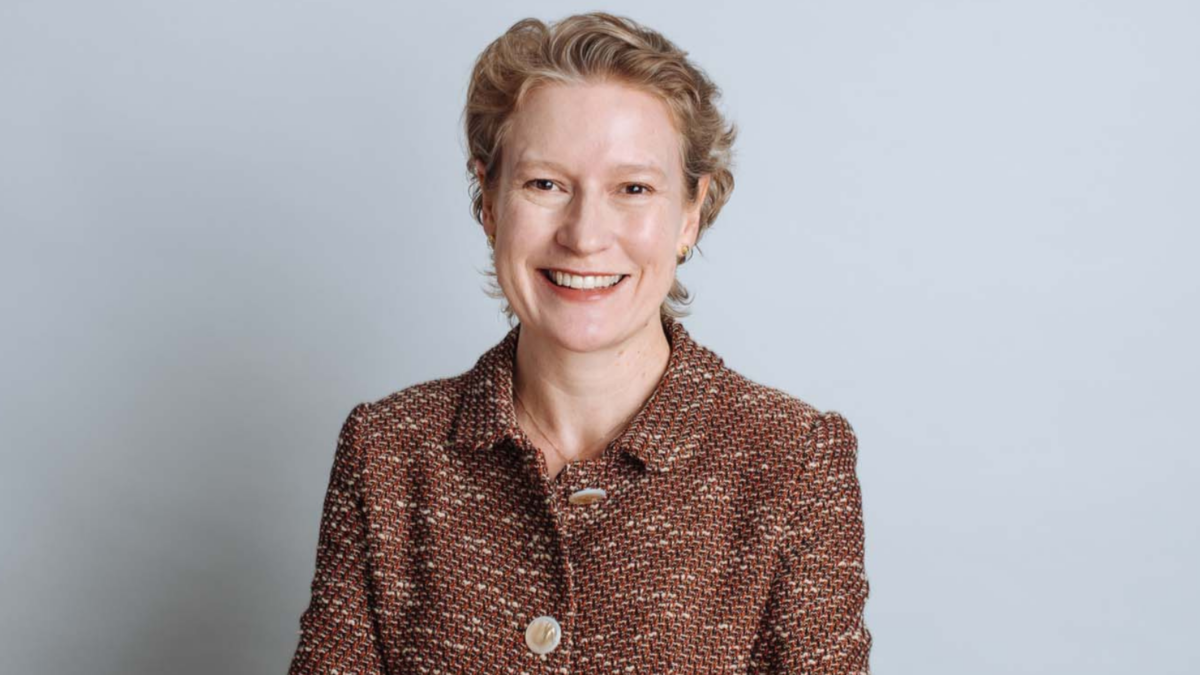The teenager in your portfolio
In investment markets, currencies are the closest cousin to the teenager age cohort. They are unpredictable on timing; often annoyingly right on processes that our pre-conceived minds ignore; absolute in attitude; and prone to external influences.
Getting the A$ exchange rate into investment markets therefore may require reconsidering the approach of recent years. Things change rapidly and tend to extremes. Since 1983 “float” of the A$, its exchange rate against the US$ has seen extremes of below 0.5, and that of over-parity. Both made little sense if one used traditional valuation methods, but reflected the times.
Unlike the typical factors in investment decisions based on independent variables, currencies are entirely relative. Sure, money under the mattress may be absolute; this does not count, as it is not a currency trade, it is not paired against anything but spending power.
Exchange rates influence most portfolios via unhedged equity holdings, usually hedged global fixed income with potential benefit from the differential, and then a considered approach to global alternatives that may trade currency views, or locked-in long term investments based on a maturity date. Private equity and debt that does not hedge could have a big swing factor in the outcome for an Australian-based investor.
The conforming approach on currency positioning is to estimate fair-value using fundamental traditional inputs of interest rate, inflation and growth metrics. Most investment banks add a twist to that to arrive at in-house forecasts.
In recent years, the view has been that the A$/US$ rate should sit between 0.65-0.70 US cents. Today, the fair-value rate is around 0.73-0.77. Of course, that is only to the US$. Back of mind, revert to thinking of it as a teenager – it is likely to overshoot the judgement at some stage.
Relative weakness in the US$ has been a recent phenomenon. It had Bradbury-like (of speed skating fame) characteristic in recent years of being the least worst, but more importantly there has been a relatively large variation in the hedging return for European and Japanese investors. In the meantime, the A$ sits on resilient commodity prices and positive bond yields.
Now things are messy. Higher rates and capital flows into the US are no longer a given. China is less willing to adhere to US calls to weaken its currency and is increasingly expected to require that currency transactions reflect its domain rather than reference others. Examples are energy and iron ore, as well as a raft of consumer goods, where the benchmarks are still based on the US$.
The days of a free ride on unhedged US holdings are over. Excess returns from equity holding in high-growth US tech stocks and the bonus of exchange rates may need a recheck.
Simplistically, one would therefore hedge. But that is a US$-centric view and ignores the possibility the Yen and Euro are on the other side of US$ weakness. Further, it is abstract intra-company exchange-rate sensitivity given global operations and how each company deals with variations in its currency exposure, for example differential tax and cost allocations. A few funds offer a dynamic currency overlay which may be a useful addition now.
It makes sense to reconsider all currency sensitivity in a portfolio. That gets around a dogmatic view on the myriad of possible outcomes. Any excess exposure to one exchange rate requires a good case. Today there are few, therefore a cautious slant against the US$ is consensus. Emerging market, gold and possibly European investments could over-deliver if exchange rates deal a helping hand.











